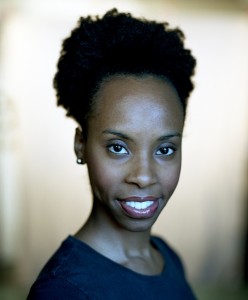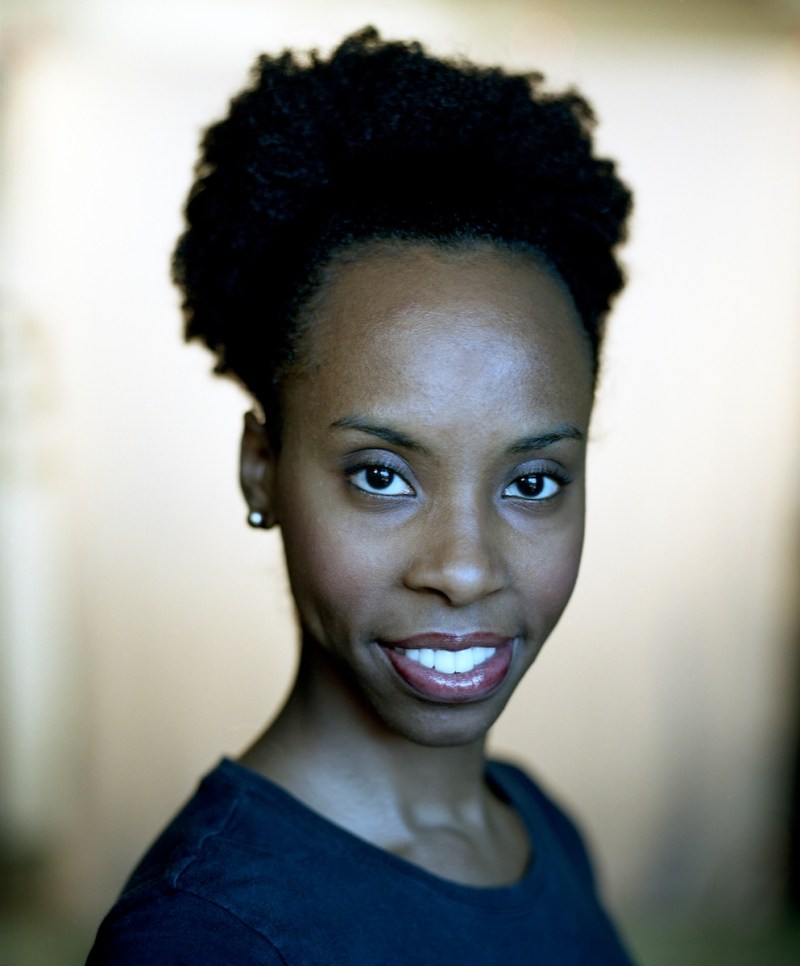A girl wearing an ill-fitting, borrowed leotard struggled to keep up with the steps of the other dancers whizzing by her. She didn’t know that it’s considered bad form to talk during auditions and asked her peers whether they can make sense of the choreography. They danced on, ignoring her; clearly, she wasn’t going to make it.

Ten years later, Denae Hannah ’06 is an acclaimed professional dancer and choreographer in New York, returning to Stanford to teach in the same room she struggled so mightily in during her years as an undergraduate.
New York-based Hannah finds herself back on the Farm this academic year as a commissioned artist, whose role is to not only to teach theatre work to students as it is performed in the real world, but also to offer them an insight into the life of a professional.
Hannah did not always have her heart set on dance. When she arrived at Stanford, she had been a cross-country runner for thirteen years and only took up dance classes as a means of staying fit.
Right away, Diane Franks, a lecturer in choreography and modern dance and now Hannah’s rehearsal director, saw physical talent, but realized she had a project on her hands.
“[Hannah’s] body had an appetite and a desire for challenge that probably exceeded her skill set at the time,” she said.
Unlike many of her classmates, Hannah had no prior dance experience. Even by her own account, her first dance audition “didn’t go very well.”
“I participated in the Bates Dance Festival during the summer after my freshman year and was in their work-study program. They had dance classes for kids who were in foster care or orphanages. I started taking more [dance] classes during my sophomore year,” she said.
During her sophomore summer she used a Stanford research grant to research the history of African-American dance in New York City. She began choreographing her own work for her dance classes her junior year.
Over time, personal experience started to lead her down an artistic path that fused her passions of dance and social issues. Her current work is imbued with an acute awareness of social realities.
She choreographed a comment on the incarceration of young black men, titled “Incarce(race)ion.” The dance resonated on a personal level: at the time, her older brother was in jail, serving a 10-year sentence.
“[My brother’s sentence] was always very much something on my mind– how [having a loved one in jail] affects families,” she said. “That was the first time I brought something really personal to my work.”
Indeed, each of Hannah’s choreographies has a theme that enthralls and challenges her as much as her audience.
“Blue Magic,” named after an old-school hair product, is inspired by black women’s frustrations with their hair. At its heart, it is a comment on the everyday struggles of black women.
“The piece is about another planet, where there is no rain, humidity or sweat or cotton pillowcases to mess with black women’s hair.”
“Five Star Chick,” her latest creation, is inspired by a hip-hip song by Yo Gotti about the perfect woman.
“[The song] is this three-minute long list of everything a woman is supposed to be,” she said. “I was interested in addressing the subject manner, but not in a teaching tone.”
After selling out performances of “Five Star Chick” in New York, contemporary dance’s biggest city, Hannah looks back through the haze of her work and remembers stepping out of the Stanford bubble and being shocked by Big Apple culture.
“NYC definitely has a drive to it. There is a hustle. The risks are higher. You have to approach your work with more intensity and focus, and be ready to go at all times. Stay ready so you don’t have to get ready.” she said. “You are your own brand and you have to be able to sell yourself in thirty seconds.”
In many ways, however, she never really lost touch: Stanford was always very present, even in New York. Continuing to communicate with her professors played a role in her decision to come back and teach.
“My relationship with professors, I maintained them,” she said. “That was a big part of me coming back.”
